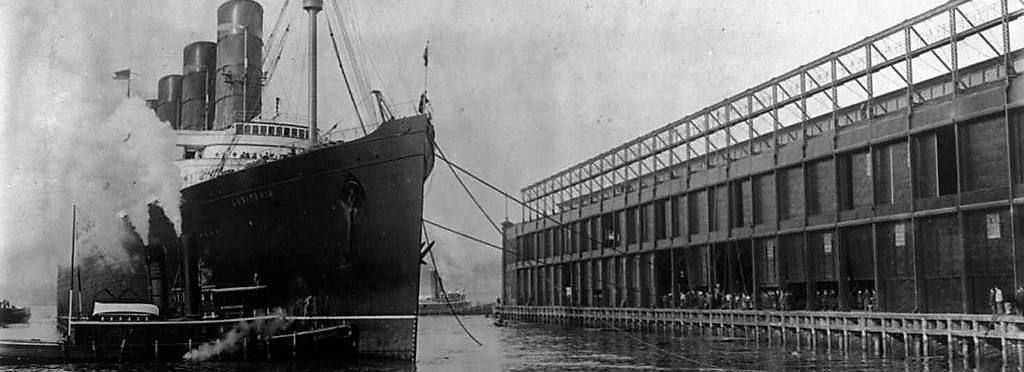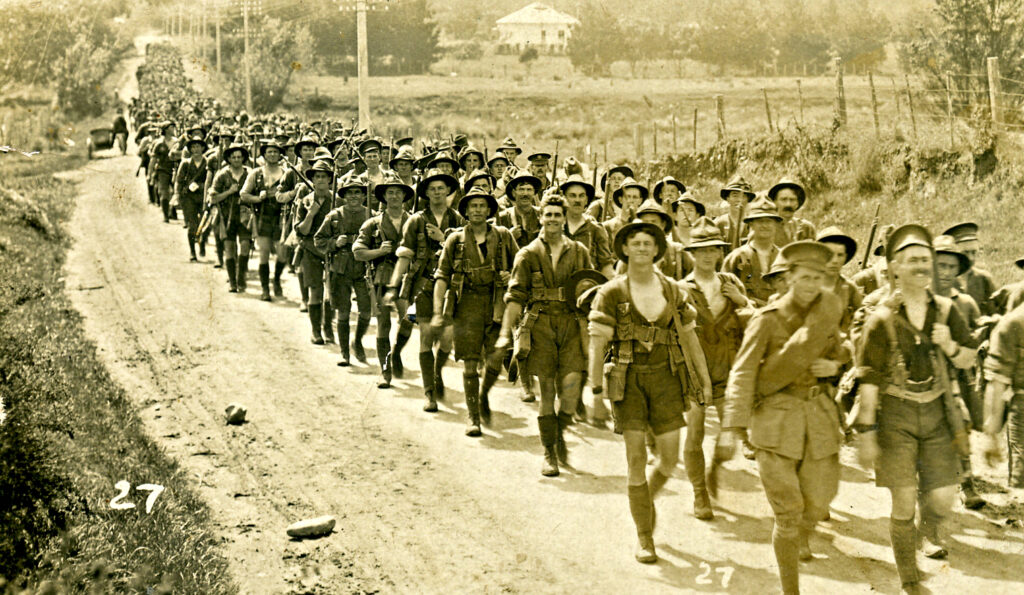
The Significance of World War I
World War I
A recent list of the hundred most important news stories of the twentieth century ranked the onset of World War I as eighth. This is a great error. Just about everything that happened in the remainder of the century was, in one way or another, a result of World War I, including the Bolshevik Revolution in Russia, World War II, the Holocaust, and the development of the atomic bomb. The Great Depression, the Cold War, and the collapse of European colonialism can also be traced, at least indirectly, to the First World War.
World War I killed more people (more than nine million soldiers, sailors, and flyers and more than five million civilians), involved more countries (28 nations), and cost more money ($186 billion in direct costs and another $151 billion in indirect costs), than any previous war in history. It was the first war to use airplanes, tanks, long-range artillery, submarines, and poison gas. It left at least seven million men permanently disabled.
World War I probably had more far-reaching consequences than any other preceding war. Politically, it resulted in the downfall of four monarchies—in Russia in 1917, in Austria-Hungary and Germany in 1918, and in Turkey in 1922. It contributed to the Bolshevik rise to power in Russia in 1917 and the triumph of fascism in Italy in 1922. It ignited colonial revolts in the Middle East and in Southeast Asia.

Economically, the war severely disrupted the European economies and allowed the United States to become the world’s leading creditor and industrial power. The war also brought vast social consequences, including the mass murder of Armenians in Turkey and an influenza epidemic that killed over 25 million people worldwide.
Few events better reveal the utter unpredictability of the future. At the dawn of the twentieth century, most Europeans anticipated a future of peace and prosperity. Europe had not fought a major war for 100 years. But a belief in human progress was shattered by World War I, a war few wanted or expected. At any point during the five weeks leading up to the outbreak of fighting, the conflict might have been averted. World War I was a product of miscalculation, misunderstanding, miscommunication, and bureaucratic momentum.
No one expected a war of such magnitude or duration as World War I. At first, the armies relied on outdated methods of communication, such as carrier pigeons. The great powers mobilized more than a million horses. However, by the time the conflict was over, tanks, submarines, airplane-dropped bombs, machine guns, and poison gas had transformed the nature of modern warfare. In 1918, the Germans fired shells containing both tear gas and lethal chlorine. The tear gas forced the British to remove their gas masks. The chlorine then scarred their faces and killed them.
In a single day at the Battle of the Somme in 1916, some 100,000 British troops plodded across no-man’s land into steady machine gunfire from German trenches a few yards away. Some 60,000 soldiers were killed or wounded. At the end of the battle, 419,654 British men were killed, missing, or wounded.
Four years of war killed a million troops from the British Empire, 1.5 million troops from the Hapsburg Empire, 1.7 million French troops; 1.7 million Russians, and 2 million German troops. The war left a legacy of bitterness that contributed to World War II some 21 years later.
World War I also contributed to the spread of an influenza epidemic that may have infected as many as 500 million people and left over 20 million dead, making it among the worst epidemics in history.
Sargent York
In the French village of Chatel-Chehery stands a memorial that describes the exploits of one of America’s World War I soldiers. “Armed with a rifle and pistol,” the monument reads, “…he silenced a German battalion of 35 machine guns, killed twenty-five enemy soldiers, and captured 132.”
The soldier’s name was Alvin Cullum York. He was born in a one-room log cabin in rural Fentress County, in the Cumberland Mountains of northern Tennessee. Even today, his hometown of Pall Mall has only a single paved road. The third of eleven children, his father died when he was a boy.
When he was twenty-seven, York abandoned his hard-drinking, brawling ways and joined a fundamentalist church. A pacifist and a church elder, he registered for the military draft as a conscientious objector. During basic training, he went home to struggle with his conscience and, ultimately, decided that it was God’s will that he fight. On October 8, 1918, York, then a corporal, single-handedly killed twenty-five German soldiers and forced a German commander to order the rest of the battalion to surrender. Hollywood made his exploits into a 1941 movie, Sergeant. York, starring Gary Cooper.
The real-life man lived a simple life. After the war, he turned down offers to promote products that would have earned him $500,000. He returned to Pall Mall and worked as a blacksmith. He used the royalties he earned from the film to found a high school in Jamestown, Tennessee.
Sargent York was the top grossing film of 1941, beating out Citizen Kane, Dumbo, How Green Was My Valley, The Maltese Falcon, and Meet John Doe.